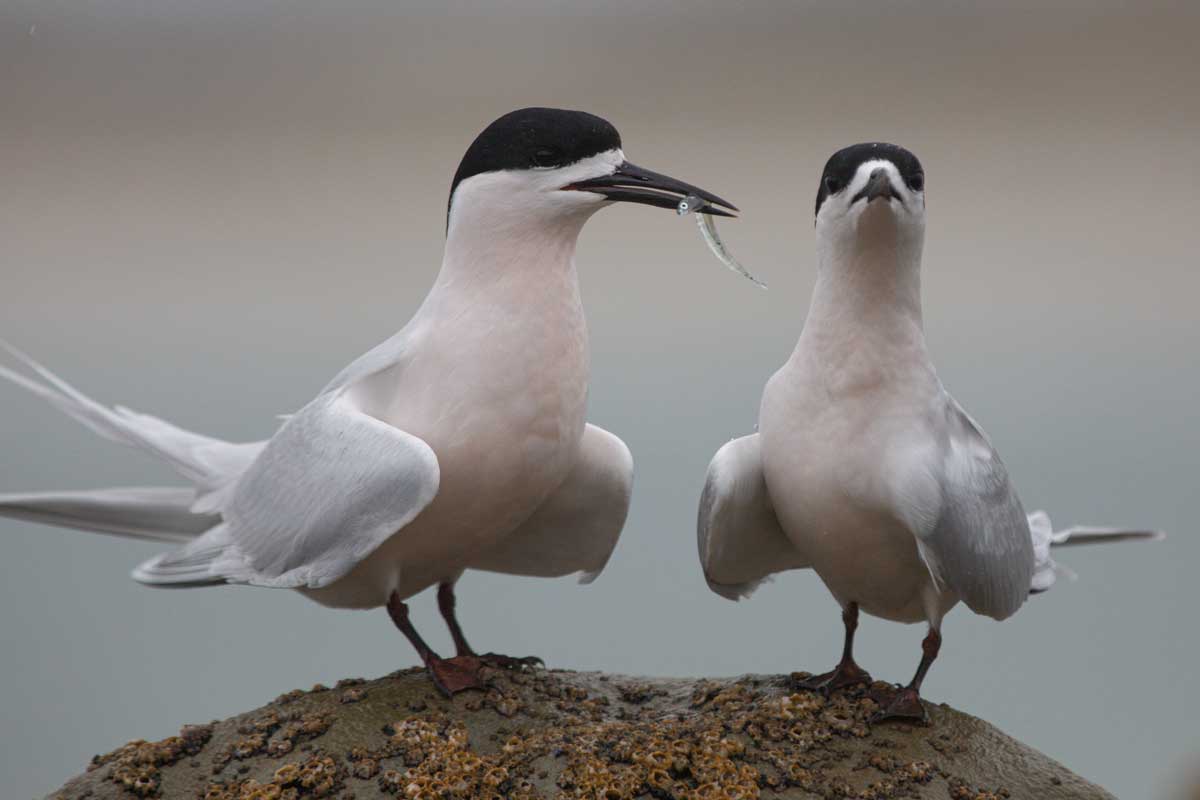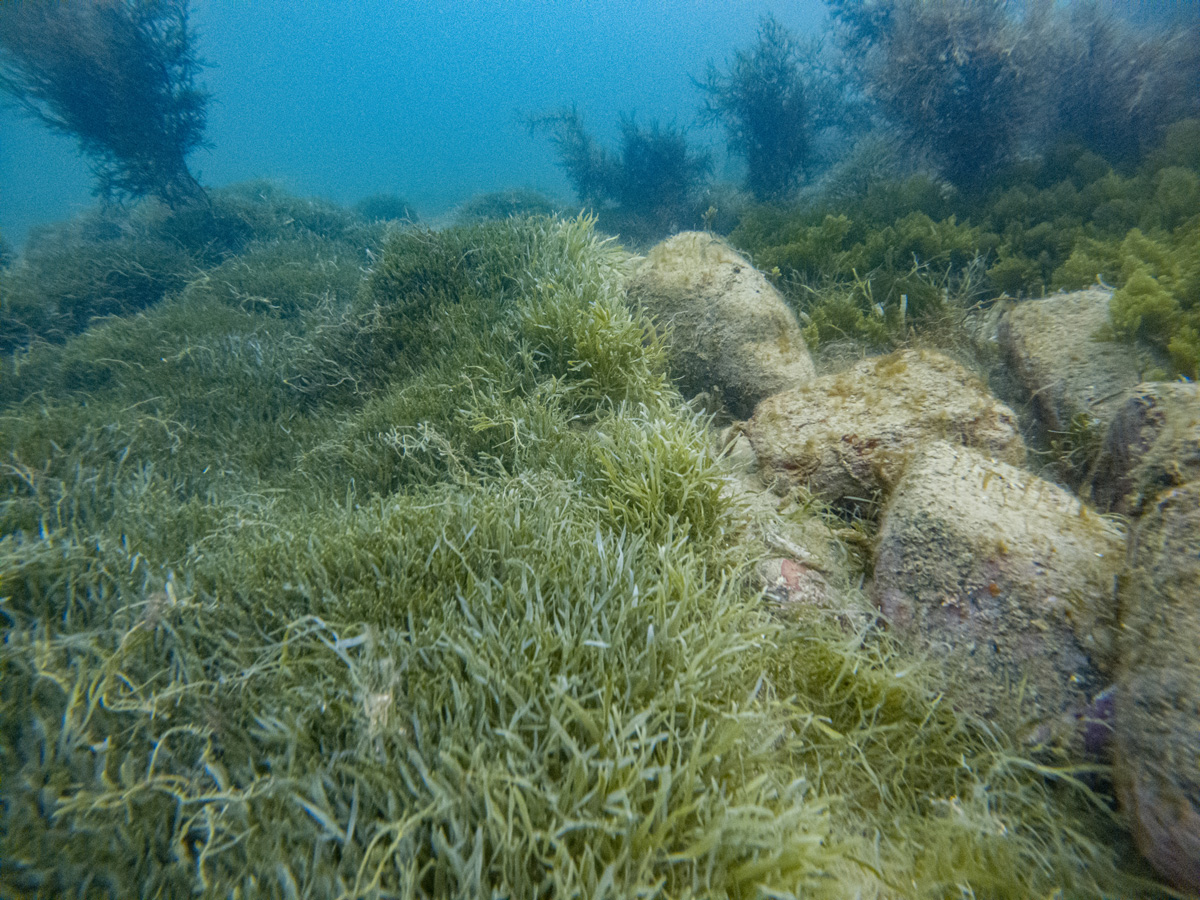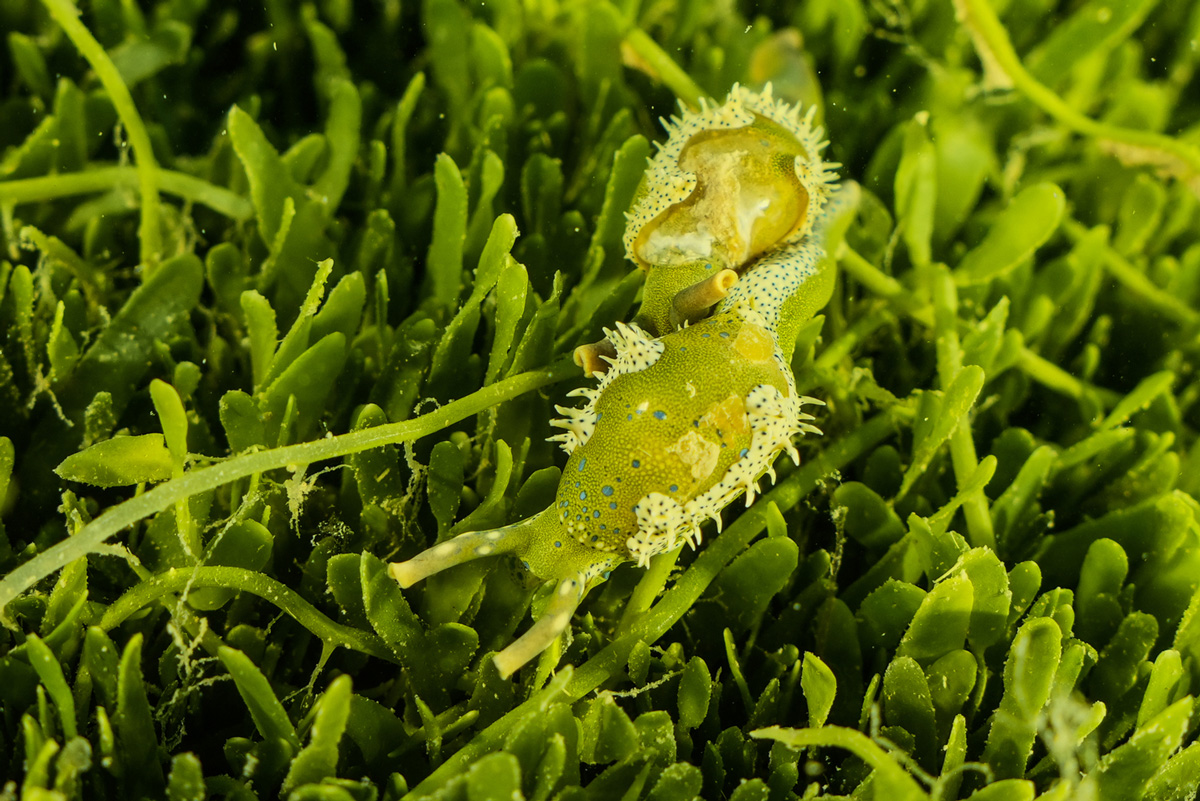Covered as a case study in the 2020 State of Our Gulf Report, plastic pollution is one of the most frequently discussed problems facing our oceans both on a global and local scale. Whilst it’s long been known that large items of plastic and rubbish have more visible, direct effects on the environment it is becoming apparent that the much smaller pieces are also having a huge impact.
Microplastics are less than 5mm in size and are categorised into two types. Primary microplastics, such as ‘nurdles’, are the precursors to larger plastic items whilst secondary microplastics, are plastics that have degraded and broken down over time. Whilst they may be small, they are of great concern for the Marine Park’s environment and have been found in beach sediment and in the water column itself. Being so small, microplastics easily infiltrate alll levels of the marine food chain even at the very beginning where microscopic zooplankton, unable to distinguish between prey and plastic, will ingest them. Ingestion of these plastics results in them accumulating within individual animals and, as toxins such as pesticides and PCBs easily bind to their surface, biomagnification up through the food chain also occurs.
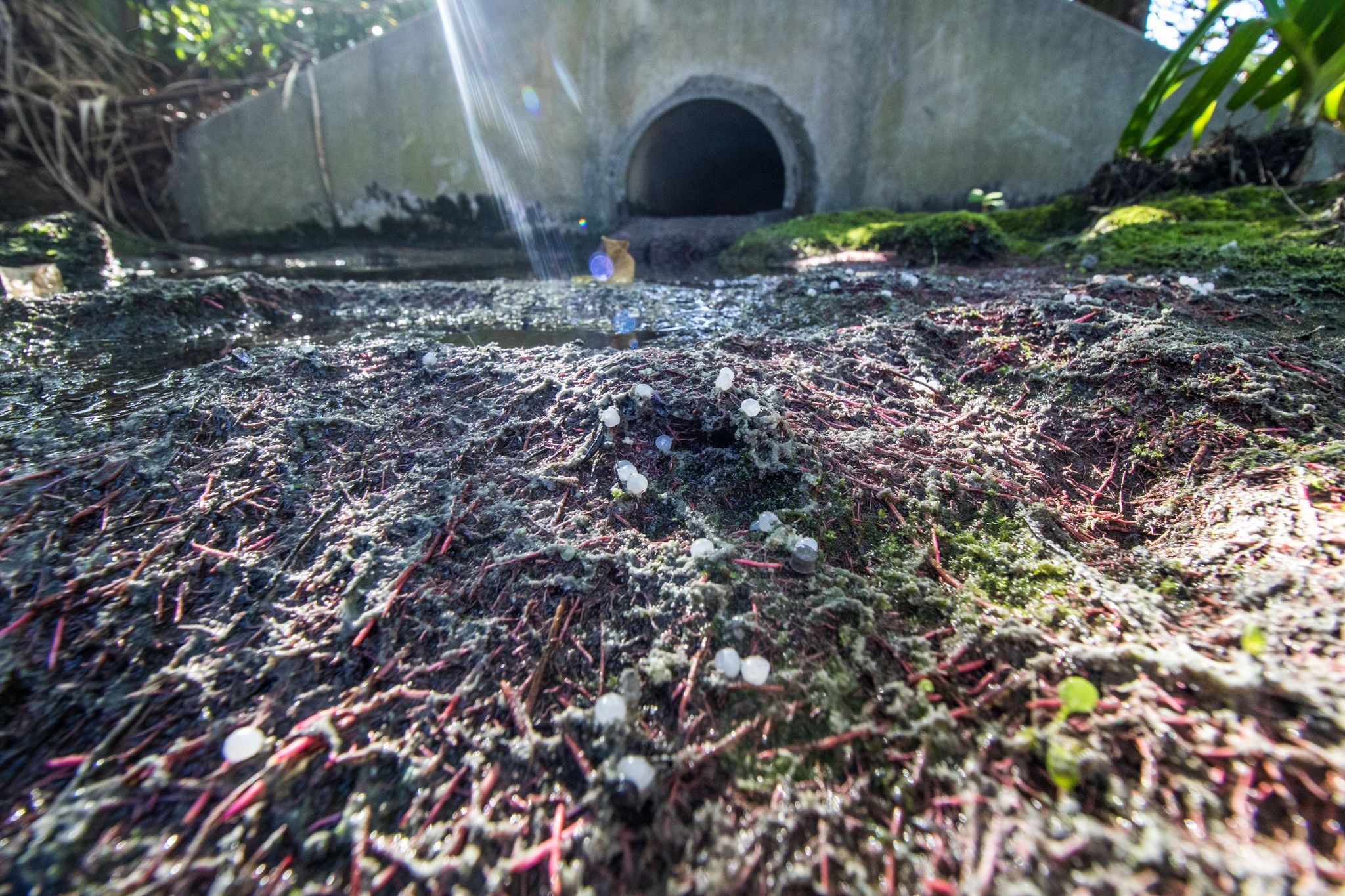
Studies into the presence and impacts of plastics in fish in the Marine Park have been conducted over the past few years. One South Pacific study, which included samples taken in Auckland, found that over 70% of sampled parore had plastic in their guts (Markic et al. 2018). Another study by University of Auckland and NIWA student, Devina Shetty found that nearly 25% of samples analysed contained microplastics. These samples included popular eating species such as snapper, jack mackerel and kahawai.
As well as studies on fish, the impacts of microplastics on other marine fauna are being studied off of our coast. Dr Rochelle Constantine of University of Auckland who has previously analysed fecal samples to determine what Bryde’s whales are feeding on in the Hauraki Gulf, is now using the same method of collecting whale scat to determine the presence of plastics in their diet.
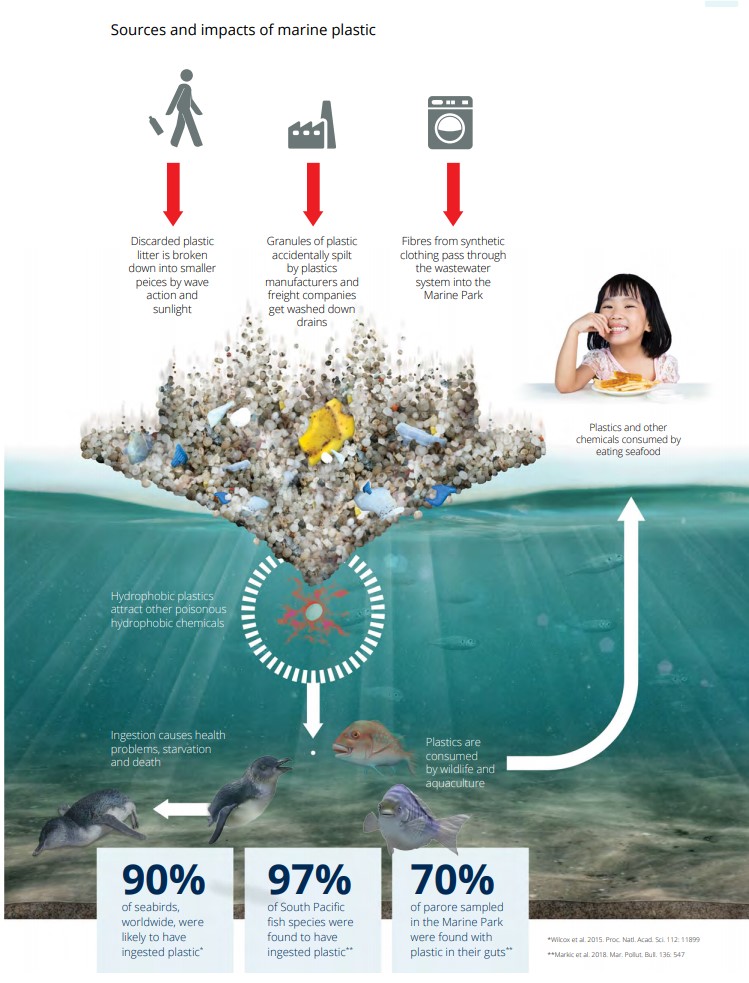
The Cawthron Institute has recently updated their online education tool, the Ocean Plastics Simulator, to cover the whole of the New Zealand coastline so now you can see where rubbish in the Hauraki Gulf Marine Park is likely to end up. With educational tools like the Ocean Plastics Simulator, government actions such as the banning of plastic microbeads and organisations such as Sustainable Coastlines and Sea Cleaners working tirelessly to clean up the Hauraki Gulf, there is lots of positive work going into reducing the presence of plastics in the Marine Park in which we all have a part to play.
Helpful resources to support you in your journey to reducing plastic usage:



